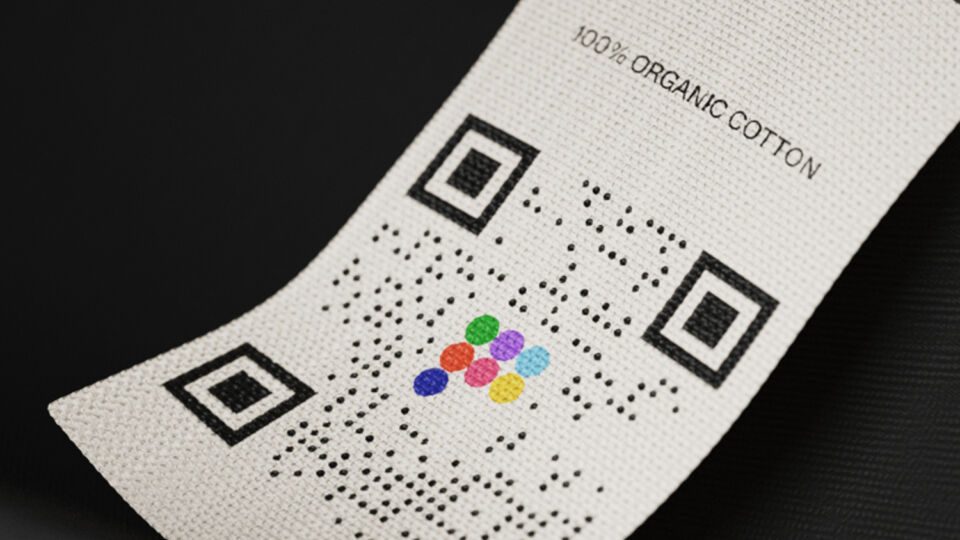 If you’ve been out to eat some time during the past year, chances are you’ve scanned a QR code to browse the menu and place an order. Maybe while you’re on the restaurant’s website the catering deals grab your attention, which is convenient because you need dinner for your kid’s graduation party in two weeks.
If you’ve been out to eat some time during the past year, chances are you’ve scanned a QR code to browse the menu and place an order. Maybe while you’re on the restaurant’s website the catering deals grab your attention, which is convenient because you need dinner for your kid’s graduation party in two weeks.
QR codes have picked up momentum in the hospitality industry: a September 2020 survey of U.S. and UK consumers found that 37.68% of respondents had scanned a QR code in a restaurant, bar or café during the past six months. For customers, they’re easy to use, and for marketers, they’re full of rich data. And they have the same potential for retail, if not more.
As retail companies strategize how to win long-time customers in the post-pandemic era, QR codes are a compelling tool for tracking and improving the customer experience (CX). They offer an inexpensive yet effective way to engage customers throughout the lifecycle, from online to in-store to inbox.
Here’s why QR codes are a worthwhile investment in your CX in 2021.
Gather Key Insights While Respecting Customers’ Privacy
Online, customers leave footprints everywhere they pause and click. But in-store customer activity is a lot harder to gauge beyond a purchase.
That creates a challenge for retail marketers who want to capture a full picture of shopper behavior without raising customer privacy concerns. QR scanning is pull-based engagement, which means there’s no message pushed to the customer to prompt an action — the interaction is initiated by the customer.
Retailers can create customer touch points before or after the point of sale by creating in-store QR codes for:
- Product information
- Discount coupons
- Newsletter signup
- Feedback forms
- Social media profiles
- App downloads
When customers engage with these QR codes, marketers gain a number of valuable insights about their customers’ interests without obtaining sensitive PII (personally identifiable information).
A customer who scans a discount coupon, for example, may want to receive email updates about similar sales, while a customer who downloads the app may be interested in signing up for the loyalty rewards program. A customer who uses a QR code to learn more about a product but doesn’t buy it might want to get notified when it goes on sale.
Marketers can track all of these customer actions to create buyer personas, just as they would with data collected online.
Create an Online-Offline Continuum of Customer Experience
We’re in for a sales surge as widespread vaccination brings Americans back to physical stores. Target’s store visits are up 17% year over year in Q2 2021, and other large retailers have seen a comparable spike in brick-and-mortar shopping.
But ecommerce is here to stay, and it’s unlikely that consumers will fully abandon their online shopping patterns. Instead, many retailers will likely see their customers adopt some mix of in-store and online buying.
40% of Americans tried a new shopping method over the past year, from curbside pickup to buy online, pick up in-store (BOPIS). Among consumers who used BOPIS, 85% say that they made additional unplanned in-store purchases when picking up an order placed online.
Retailers can use QR codes to connect in-store and digital transactions to create a smooth customer experience.
Consider the shopper who prefers to browse in-store before ordering online: a quick QR scan of the item can pull up the product page for easy ordering later on. Or alternatively, a BOPIS customer who likes to thoroughly research a product before purchasing can use a QR code to read product information of an item they stumble upon while picking up their purchase.
QR Codes Enable Brand Storytelling that Builds Customer Affinity
There are many digital channels — social, email, and web — that give retailers a lot of leeway to tell stories and share long-form product information through words and videos. But that content can be harder to convey in a physical storefront.
To be competitive in 2021, retailers must deliver experiences that resonate with the customer. QR codes provide an opportunity for retailers to share meaningful content around their products and company in an in-store environment. Shoppers can scan QR codes to learn about a product’s design process, production, suggested styling and more.
Most consumers care about sustainability — as many as two-thirds of North Americans, according to a Barron’s study. QR codes can help you convey information about your company’s sustainability practices. A dress made from recycled fabrics, for instance, can be displayed in stores alongside a QR code that takes the customer to a web page about the company’s materials sourcing.
QR codes help retailers combine the best of both worlds of customer engagement: the experience of seeing a product up close and the ease of reading in-depth information online.
QR Code Technology Makes Retail Shopping More Seamless than Ever
The blended environment of retail shopping in the post-pandemic era will look different for every consumer. But chances are your customers will be visiting both your storefront and your website in the months ahead.
QR codes are the through line between the two destinations: they guide customers from one to another, and they equip retailers with key insights and action items to ensure customers get the experience they’re looking for.
Sharat Potharaju is Co-founder and CEO at MobStac, a Phygital Customer Engagement platform for businesses and brands of all sizes. MobStac’s vision is to enable digital connections with every physical object and place on the planet. Our platform (Beaconstac) makes physical products and places talk directly to consumers through digital content and actions by leveraging smartphone technologies like QR codes, NFC tags, Bluetooth beacons and geofencing. Over 5,000 customers in 120+ countries use our platform to build direct relationships, grow lifetime revenue and acquire first-party data in industries including consumer goods, hospitality, retail, and real estate, reaching over 5 million monthly active users.




